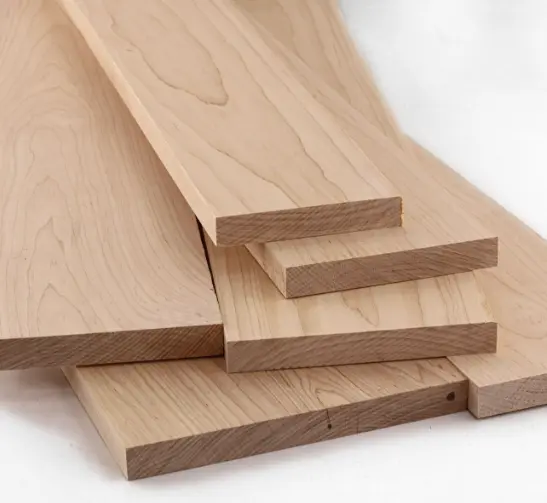When it comes to choosing the right material for your woodworking or furniture projects, two popular options often come to mind: Medium Density Fiberboard (MDF) board and solid wood board. While they both have their merits, understanding their differences is crucial in making an informed decision.
MDF Board: The Engineered Marvel
Medium Density Fiberboard (MDF) board is an engineered wood product made by breaking down wood fibers, combining them with resin, and subjecting them to high pressure and temperature. Let’s delve into the advantages and considerations of using MDF board.

Solid Wood Board: The Natural Beauty
Solid wood board, as the name suggests, is crafted from a single piece of natural wood. Its charm lies in its authenticity and unique grain patterns. Let’s explore the characteristics and factors to consider when working with solid wood board.

Comparing MDF Board and Solid Wood Board
- Appearance and Aesthetic Appeal
MDF board, being an engineered product, has a uniform and consistent appearance. Its smooth surface allows for flawless paint finishes or veneer application, giving you a wide range of design possibilities. On the other hand, solid wood board showcases the natural beauty of wood with its unique grain patterns and textures. It adds warmth and character to any project, creating a timeless and organic appeal.
- Durability and Stability
MDF board’s engineered construction makes it highly stable and resistant to warping, splitting, or cracking. Its uniform composition ensures consistent performance in different environments, making it suitable for a variety of applications. Solid wood board, while inherently durable, can be influenced by changes in humidity and temperature. It may expand or contract, requiring careful consideration of the project’s location and conditions.
- Versatility and Workability
MDF board offers excellent workability due to its consistent density and uniform composition. It can be easily shaped, cut, and routed, allowing for intricate designs and precise joinery. Solid wood board, being a natural material, can be more challenging to work with, especially when it comes to intricate details or complex cuts. However, it offers the advantage of being easily repaired or refinished if necessary.
- Cost and Budget Considerations
MDF board is generally more affordable compared to solid wood board. Its engineered nature allows for efficient use of materials, making it a cost-effective choice for projects with budget constraints. Solid wood board, while often pricier, offers value in its natural beauty and longevity. It’s worth considering the long-term investment and the desired aesthetic appeal when evaluating the cost factor.
- Environmental Impact
MDF board is made from recycled wood fibers and does not require the harvesting of new trees. It provides an eco-friendly alternative by utilizing waste materials effectively. Solid wood board, on the other hand, comes from sustainable forestry practices when sourced responsibly. Consider your environmental values and priorities when choosing between the two options.
Conclusion
Choosing between MDF board and solid wood board depends on various factors, including aesthetics, durability, workability, budget, and environmental considerations. MDF board offers uniformity, stability, and affordability, making it suitable for a wide range of applications. Solid wood board showcases natural beauty and provides a timeless appeal, albeit with considerations for environmental factors and potential movement. By weighing these factors against your project’s requirements, you can confidently select the ideal material that aligns with your vision and delivers the desired results.
Post time: 04-10-2024











